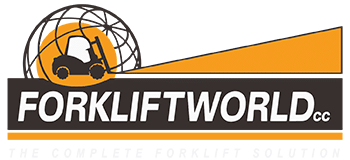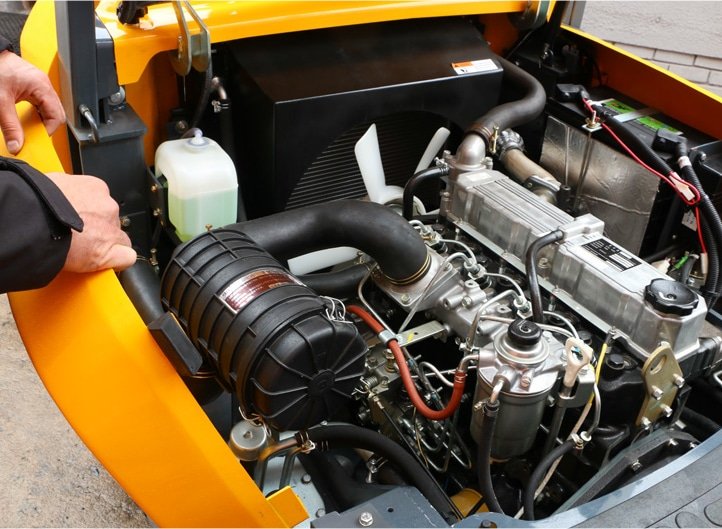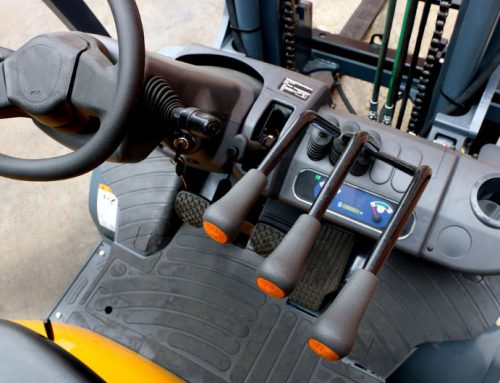Buying a Forklift? Here are 8 Essential Steps To Choose The Right One
So you have assessed the needs of your business, and one aspect that is clear is the inclusion of a forklift. We at Forkliftworld want to help you make the right choice, by considering these 8 essential pointers on what one should take into account.
1) Product Support, (parts accessibility & maintenance) and warranty plan.
There are a variety of brands to choose from, no doubt. However product support is important with professional maintenance of the equipment. Warranty and a maintenance plan that suits your application best that is included in the original deal will ensure the longevity of your machine. So please compare the standard warranty between brands – it says a lot about the product.
2) What Size do you require.
When it comes to size/capacity it is wise to add 10% over the weight that you will generally be lifting. Doing this helps you pro-long the life of the machine and it reduces maintenance and operational cost.
3) Height restrictions, Container loading and mast sizes.
Height restrictions like door openings should be measured clearly with at least 50mm to 100mm clearance. You also do not want over compensate on the lifting height, because each mm higher comes with a price. Container loading requires a special three stage mast that is able to go inside the container to lift pallets without touching the roof of the container.
4) Fuel Type – Diesel; Gas/Petrol or Electric.
In certain applications the industry regulates the fuel type. The fuel type also plays a huge role in month to month operational cost. When there is no emphasis on fuel type or regulation by the industry, a diesel forklift will be the most cost effective. The capital layout is lower compared to electric and gas forklifts. The resale value of a diesel forklift is also better and it is an easy and safe fuel to buy, store and use. When your application runs long hours a diesel forklift will be your best choice. When it comes to month to month operational cost, electric forklifts is soft on your monthly expenses. The down fall of electric forklifts is the resale value and the battery replacement cost every 5 to 7 years. Battery maintenance on electric forklifts also requires trained and disciplined operators. The biggest problem we find in the industry is the lack of battery maintenance by operators. My point of view regarding gas forklifts is that many customers is phasing them out and I suggest to avoid gas machines because their running costs are very high.
5) Tyres –Solid; Pneumatic or Non-marking.
The choice of tyres depends on the surface you will be working on, for example solid tyres are commonly used on paving; concrete; tar and warehouse. Pneumatic tyres are used on gravel like farms; its softer on the frame of the machine, but note it only gives a third of the life span compared to solid forklift tyres. Non-marking tyres are expensive, but when you work around open food you pretty much do not have a choice. I am always surprised when I come to a site and there are non-marking tyres on a diesel forklift. There is no sense to put non-marking tyres on a diesel forklift unless you are very sensitive about markings on your floor, but otherwise there is no other benefit or reason to justify non-marking tyres on a diesel forklift. Non-marking tyres and electric forklifts in a food environment goes together.
6) Working Hours, the 4 levels of applications.
One must consider the strain your application will put on the machine, in hard to heavy duty applications one cannot use old machines and also don’t over capitalize in lower applications. Low application ( 0-2 hrs); Medium application (3-5hrs); Hard application(6-12hrs) and Heavy duty (12-24hrs). Certain brands in certain price ranges is not suitable for heavy applications. Normally the warranty offered with the forklift can give you an indication how suitable it will be in a heavier application.
7) Forklift and Industry.
There are various number of Industries that forklifts operate in. We have complied just a few to mention Warehouse; Manufacturing; Food & Beverage; Wine; Building; Timber; Farming; Textiles; Cold & Storage and Chemicals. Within each industry you have restrictions like for example food and beverage industry where you will have to avoid fumes that are emitted by the diesel or petrol machines. Electric forklifts would be best to used around open food. The timber industry will use double front wheels again. We realize that the customer in the most cases know their applications well, but might not know about the best suited equipment available, therefore the assistance of a good rep will save him much money and disappointment. We do find many machines that is not suited for the application they are used in. In many cases it was inherited like that, but I have also witnessed many horrible sales where the motivation for the sale was pure money and not to serve the best interest of the customer and his application.
8) Ramps or steep inclines.
When it comes to ramps and inclines the lifting capacity and engine size is very important. There is different engine sizes available between the different brands and also between the different capacities in each brand. The engine capacity will make a huge difference when you go up a ramp with a full load. On ramps and inclines a 10% over capacity on your machine vs load might not be sufficient. Our SAMUK use the Mitsubishi S4S 4cylinder inline diesel engine with a 3.4L capacity – it eats ramps and inclines for breakfast. Diesel forklifts is the way to go, but 4wheel electric forklifts have buckets full of low down torque. So they are also suitable for ramps within the manufacturers specifications and where the correct tyres is used. The general accepted inclines is 1 to 4. For every meter high you need 4meter ramp. The tyres on the machine is also important, because pneumatic tyres is not suitable for steel ramps. We hope that with these simple steps you will be informed in choosing the right forklift for you and your company.



